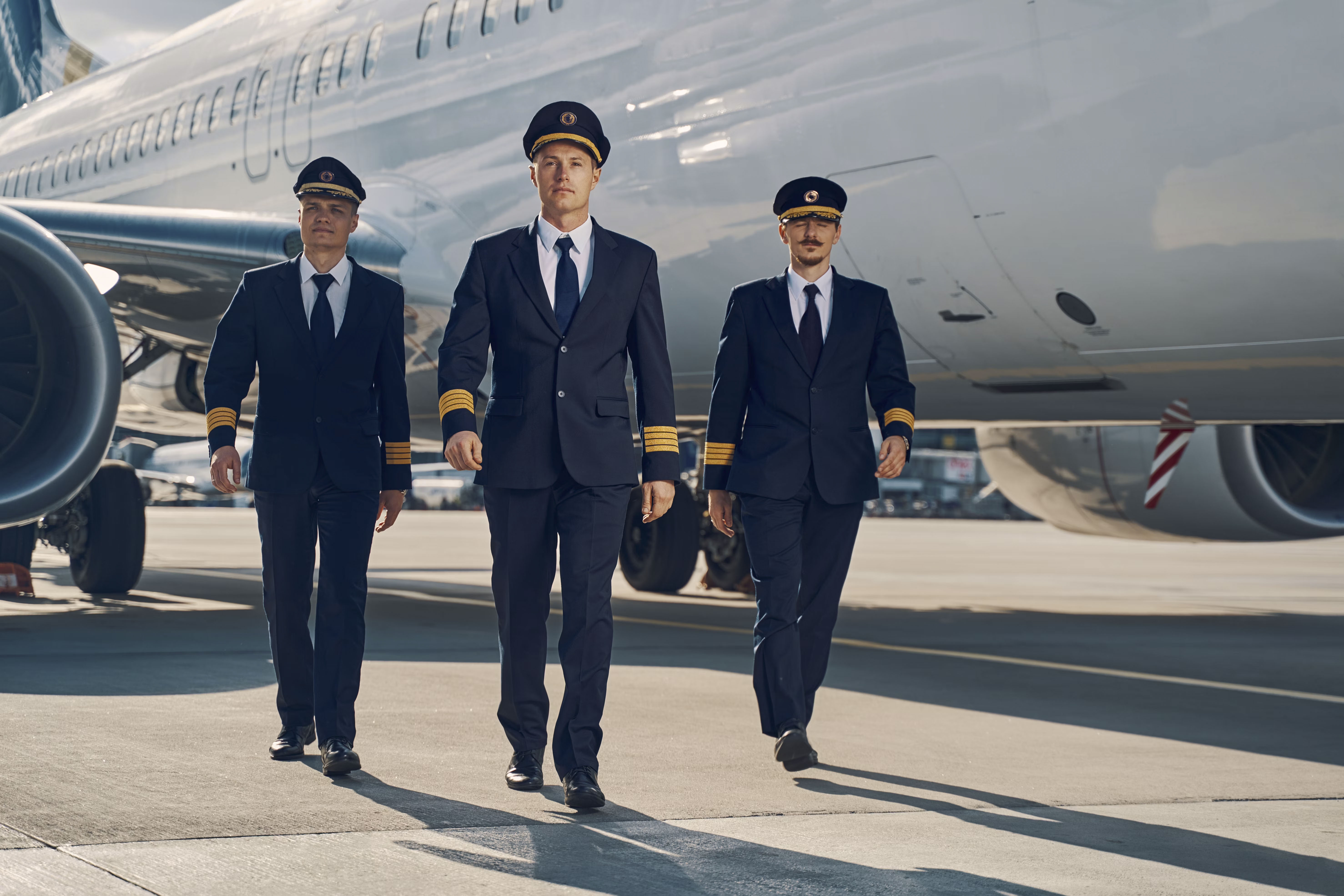A flying suit, also known as a flight suit, is a specialized piece of clothing designed to meet the unique needs of pilots and aircrew. These suits offer protection, comfort, and functionality in demanding and high-pressure environments

Key Features of Modern Flying Suits
● Fire Resistance: Modern flying suits are made from flame-resistant materials such as Nomex, which can withstand extreme heat and fire, reducing the risk of injury in case of an aircraft fire.
● Moisture Wicking: Many flight suits are designed with moisture-wicking fabrics to keep the pilot dry and comfortable during long flights.
● Durability: Pilots require gear that can endure tough conditions, and flight suits are made from durable fabrics that resist wear and tear, even in the most demanding environments.
● Temperature Regulation: Some flight suits are equipped with ventilation systems or thermal linings to regulate body temperature, ensuring the pilot stays cool in hot conditions and warm in cold environments.
● G-Suit Compatibility: Fighter pilots often wear G-suits (gravity suits) over their flight suits to prevent blackouts during high-speed maneuvers. The design of the flight suit ensures compatibility with the G-suit, providing added protection against the physical stress of flight.
The flying suit represents more than just an article of clothing for pilots; it’s a vital piece of safety equipment designed to protect them in some of the most extreme conditions imaginable. From early leather jackets worn in World War I to the high-tech, flame-resistant, and pressure-regulating suits of today, the evolution of the flight suit continues to parallel the advancements in aviation.